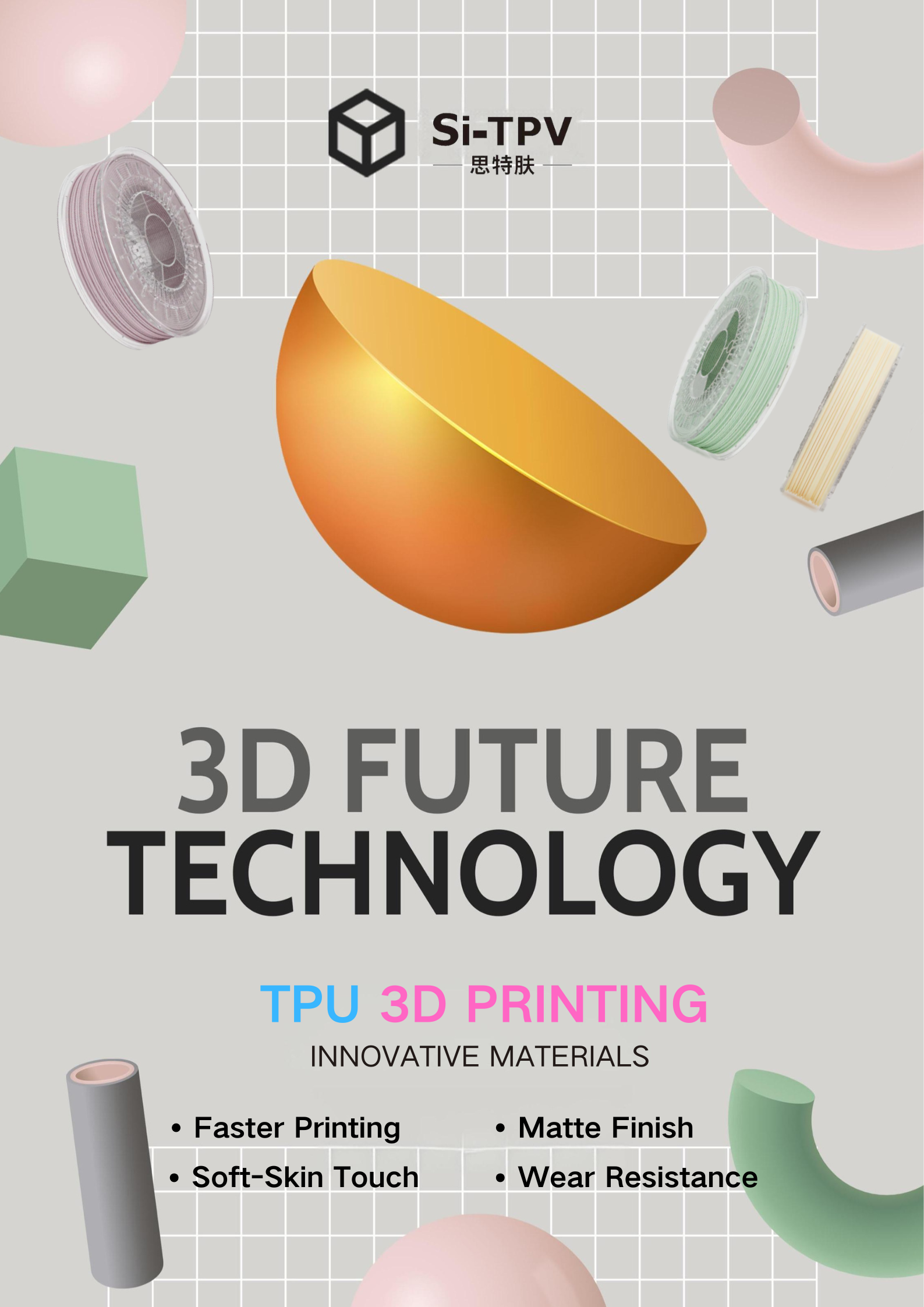
Versatile Applications of TPU Materials
As 3D printing technology continues to evolve, high-performance materials like Si-TPV 3320 are poised for broader adoption in production and application fields. Thermoplastic Polyurethane (TPU) is one the common material used for 3D monofilament printing, and it is a highly adaptable polymer renowned for its extensive range of industrial applications. In manufacturing, TPU is commonly used to produce durable rubber seals and protective covers. The medical sector leverages TPU for advanced medical devices, including artificial joints and prosthetics, due to its biocompatibility and strength. In the outdoor and sports industry, TPU is the material of choice for manufacturing shoe midsoles, delivering superior cushioning and enhanced comfort. Furthermore, its inherent flexibility and exceptional abrasion resistance make it ideal for creating robust phone cases, wearable straps, and various consumer accessories.
TPU in 3D Printing: Applications and Challenges
TPU is also a popular filament in 3D printing, prized for its elasticity, chemical resistance, scratch resistance, and high wear resistance. It is widely used in additive manufacturing to create flexible parts such as custom gaskets and functional shoe midsoles.
Despite its advantages, 3D printing with TPU presents certain challenges. Its flexibility can make viscosity and flow control difficult, potentially leading to nozzle clogging and loss of fine detail during the printing process. To mitigate these issues, optimizing printing parameters—such as adjusting temperature, print speed, and selecting an appropriate nozzle diameter—is crucial. Additionally, TPU's relatively high shrinkage rate can cause printed objects to warp. However, this can be effectively managed by increasing feeder tension and utilizing a heated print bed to minimize shrinkage effects.
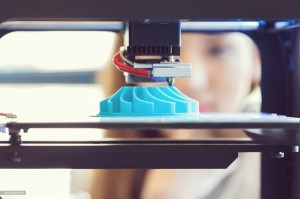
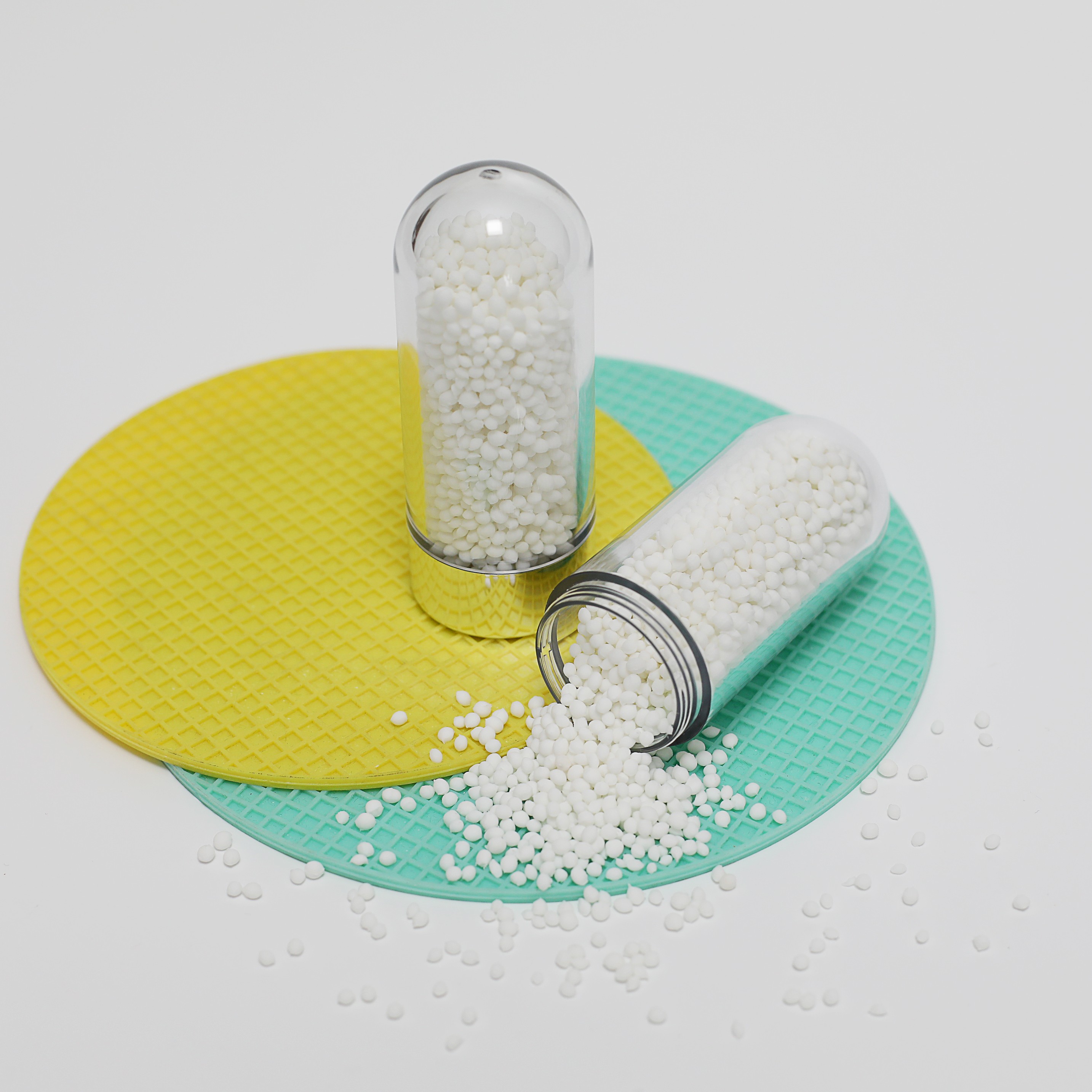
Advanced 3D Printing with Si-TPV 3320: Mastering Flexibility for Functional, Skin-Safe Parts
Compared to traditional rigid plastics and standard TPU, Si-TPV 3320 (Silicone-Thermoplastic Vulcanizate) offers superior softness and conformability, allowing it to adapt seamlessly to complex shapes. In 3D printing, it exhibits excellent interlayer adhesion, resulting in parts with outstanding mechanical properties. Its lower melting temperature ensures a more stable printing process, significantly reducing the risk of layer splitting or deformation. Moreover, its innate flexibility allows it to effectively absorb shocks and impacts, greatly enhancing the durability of printed products.
Notably, Si-TPV 3320 can effortlessly achieve a high-end, matte finish, giving products a distinctive visual and tactile premium feel. Combined with its softer, skin-friendly texture, it is exceptionally suited for manufacturing wearables, daily-use item handles, and other skin-contact applications. When integrated with antibacterial properties, Si-TPV 3320 meets higher consumer demands for health and safety, enabling the creation of premium products that combine comfort, aesthetics, and protection.
It can be anticipated their growing use in demanding sectors such as automotive manufacturing and aerospace. With rising demands for material performance, these advanced polymers are set to provide superior, innovative solutions across various industries, unlocking new possibilities for functional end-use parts. Discover how Si-TPV 3320 offer higher performance, Contact us via amy.wang@silike.cn, and visit our website www.si-tpv.com to learn more!









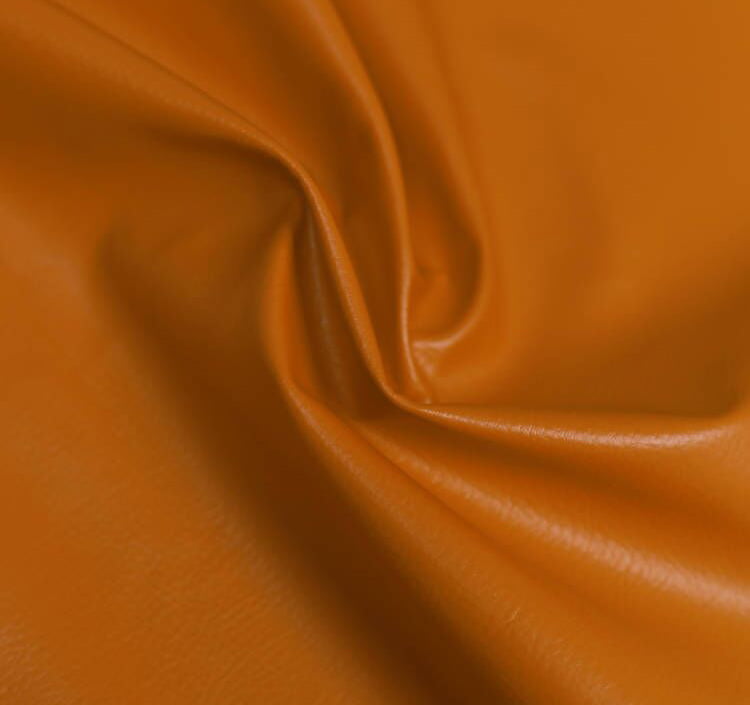



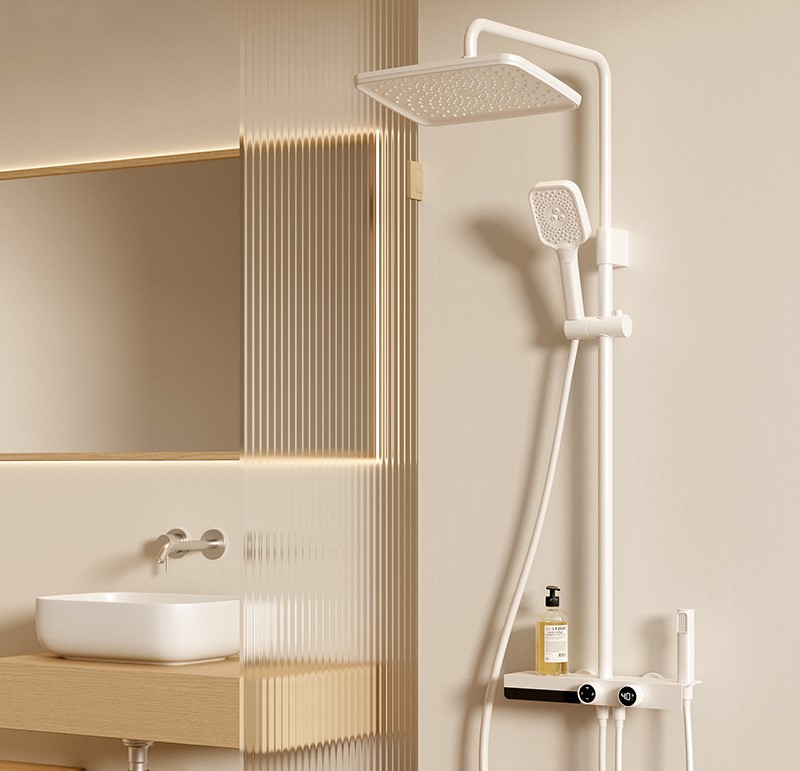


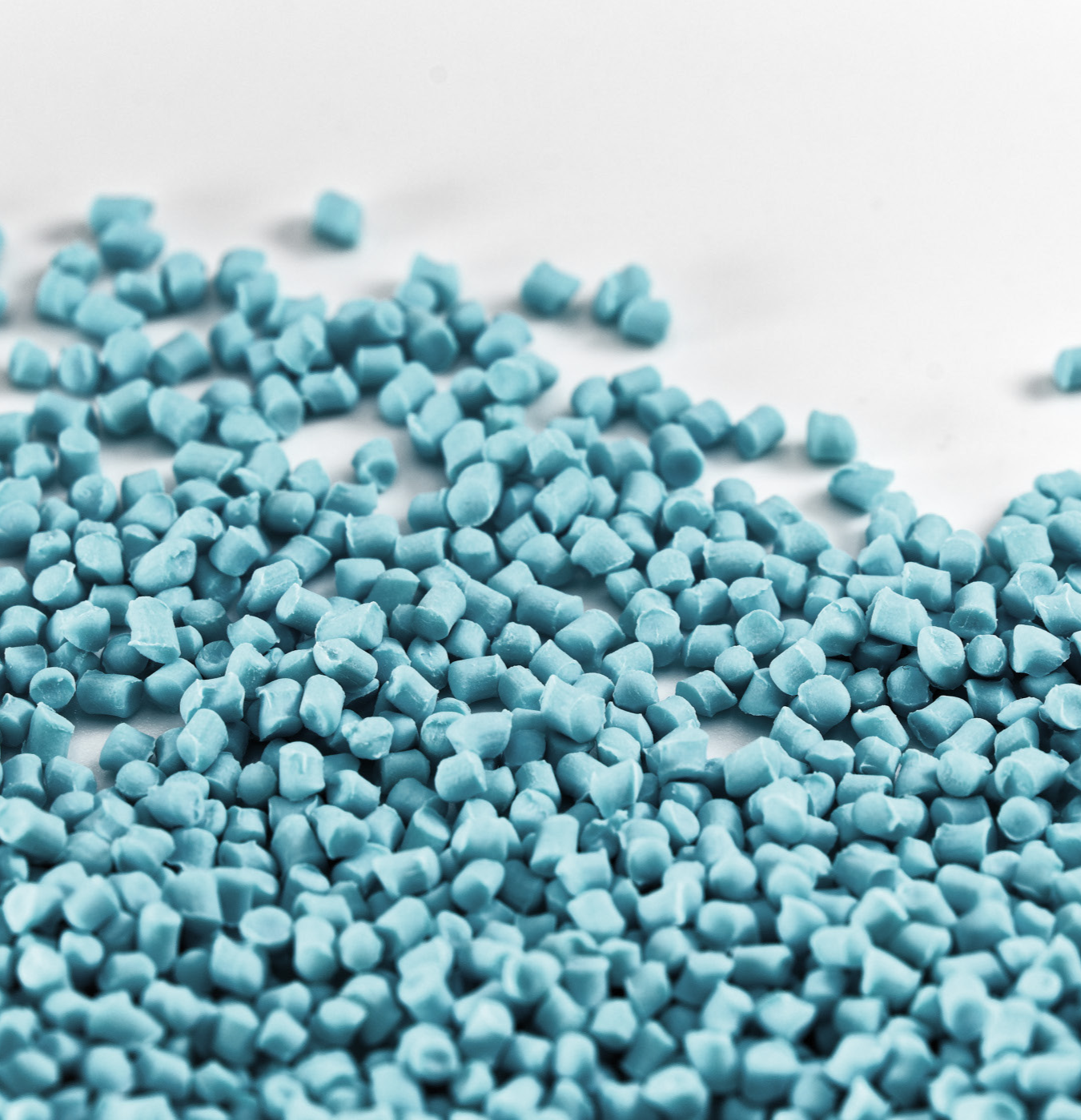
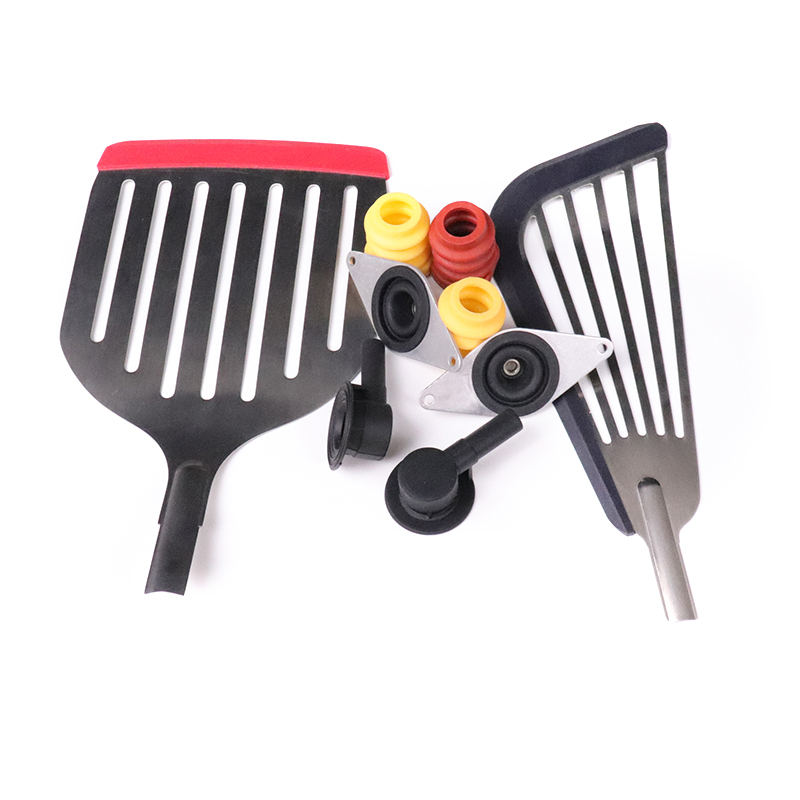

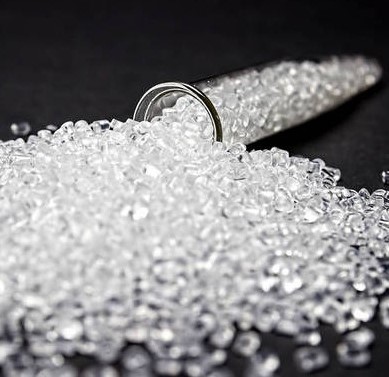
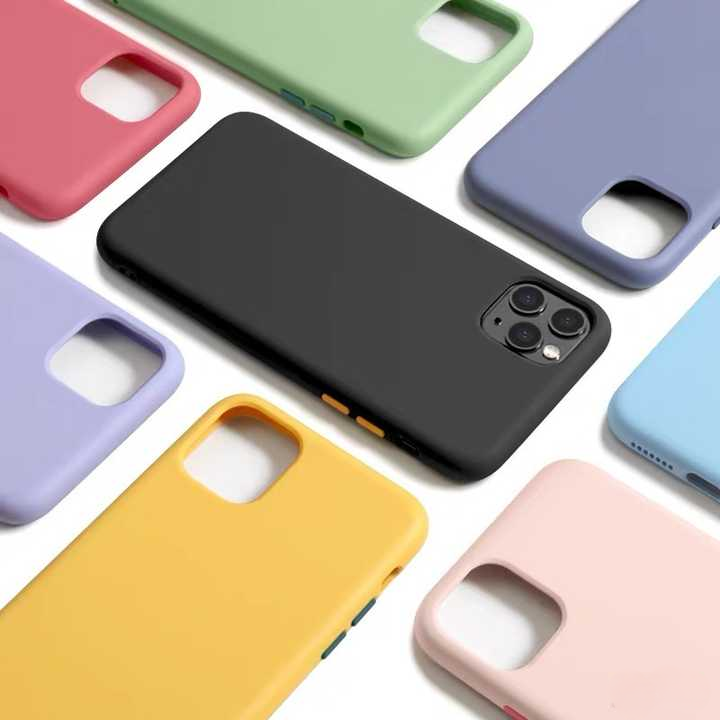


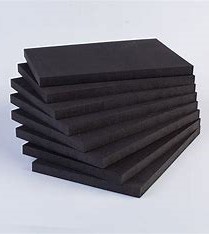


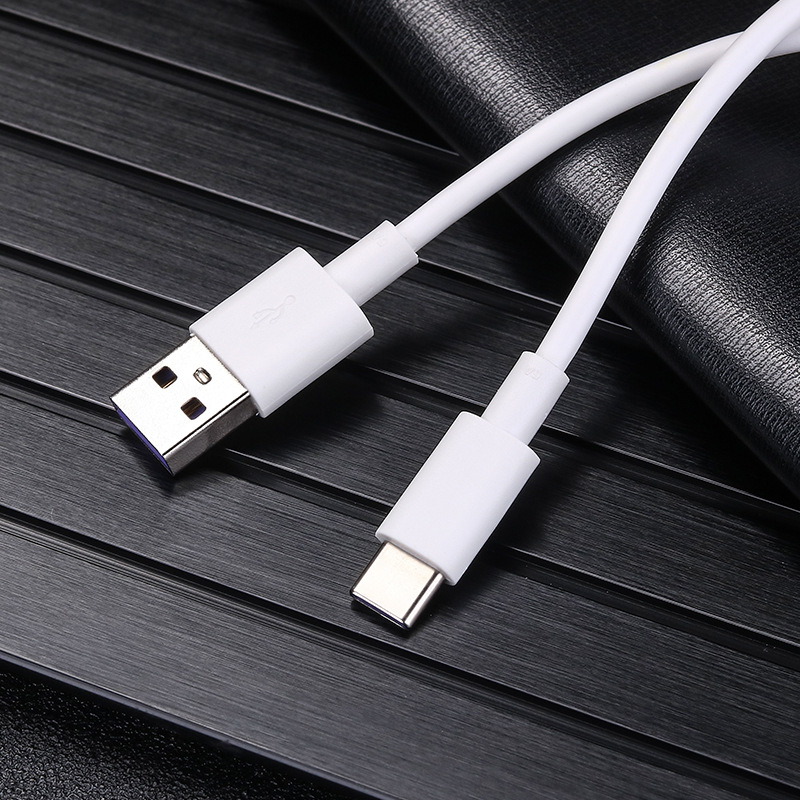
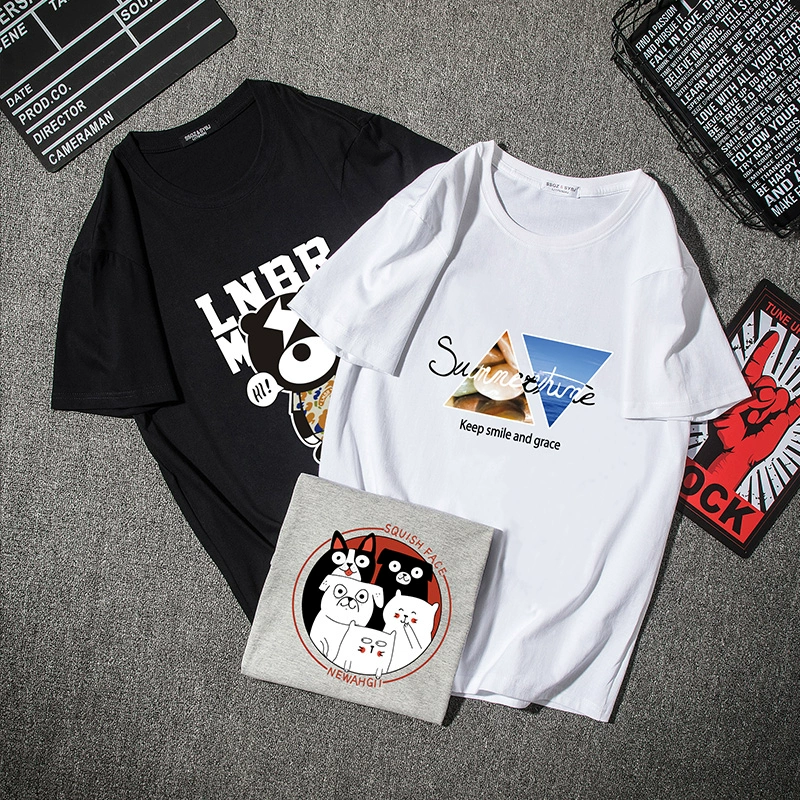
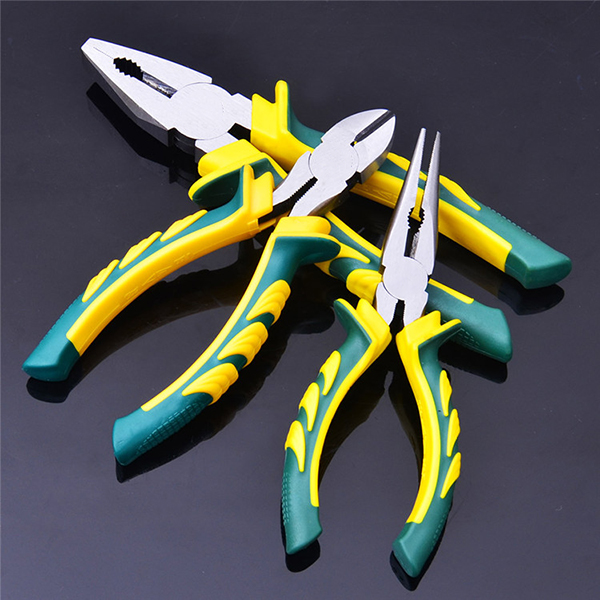
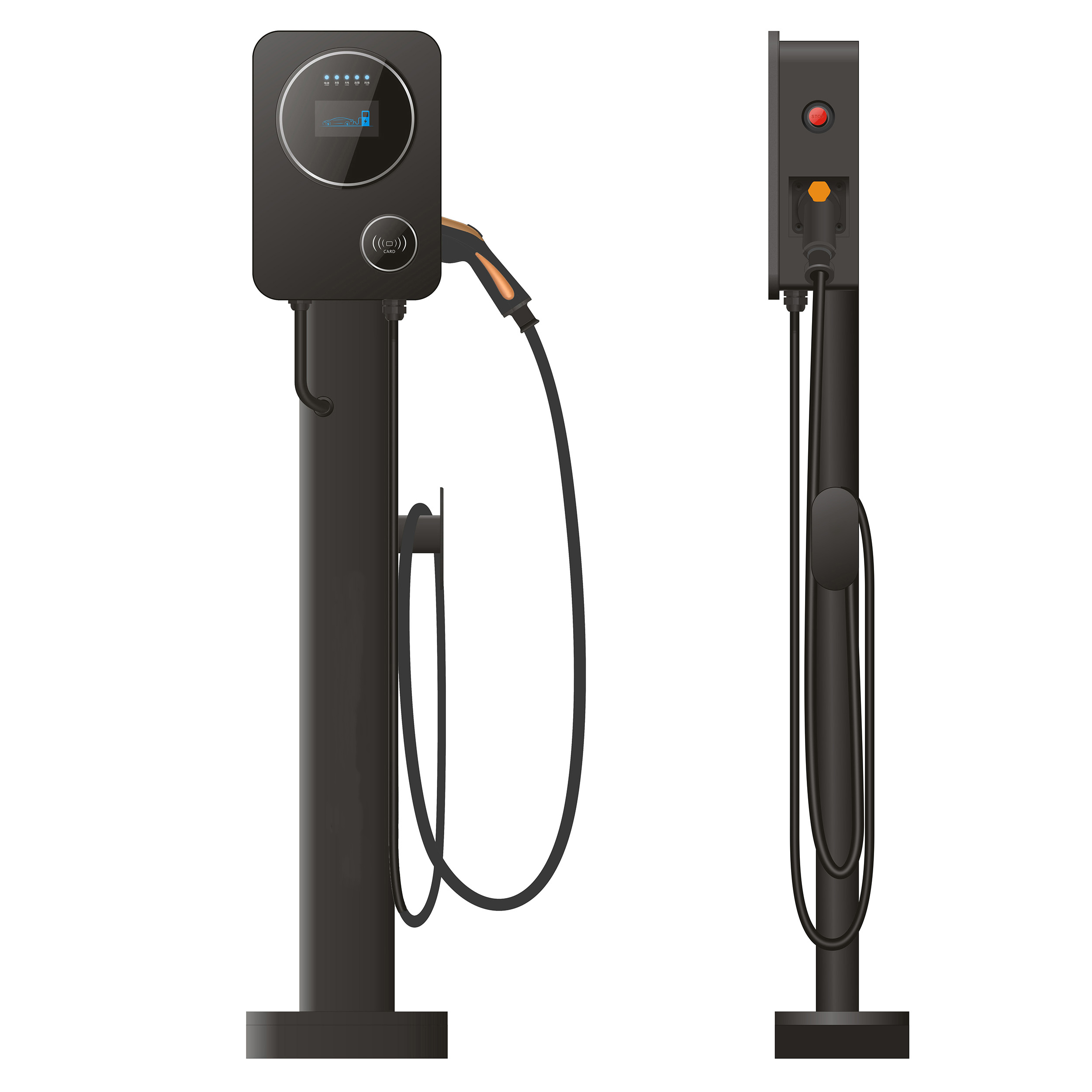
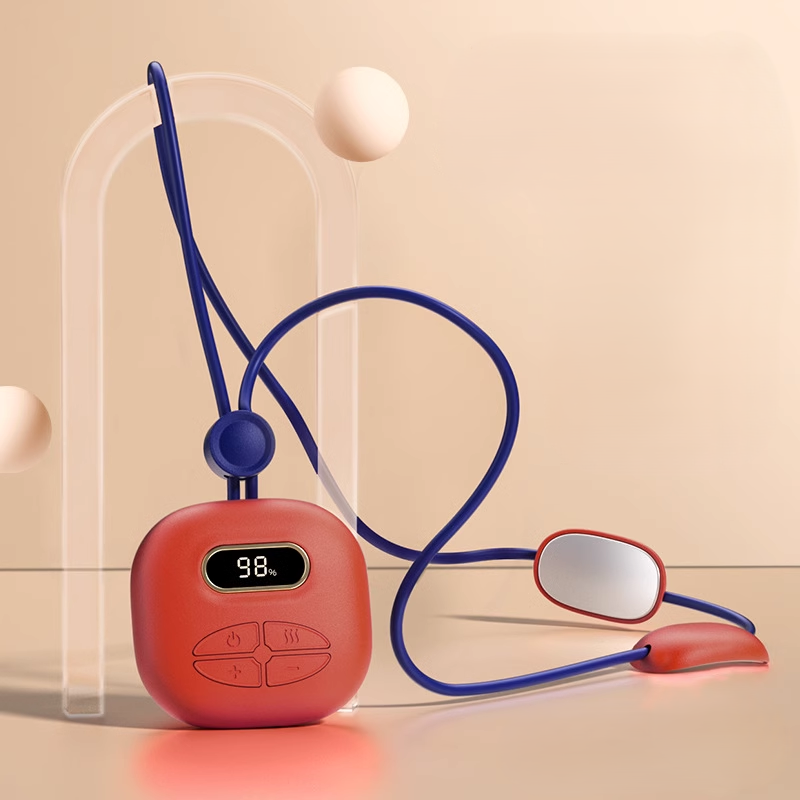










3.jpg)






